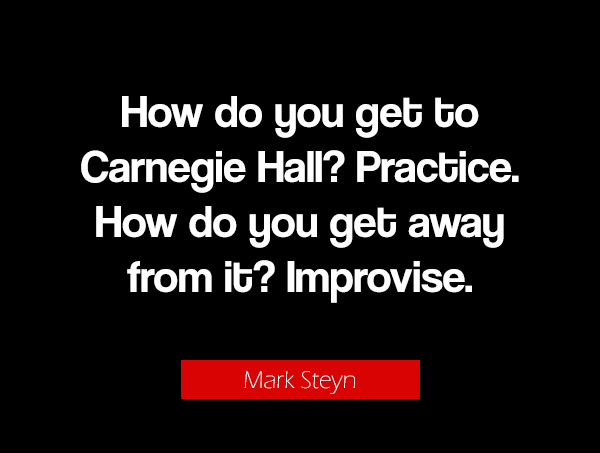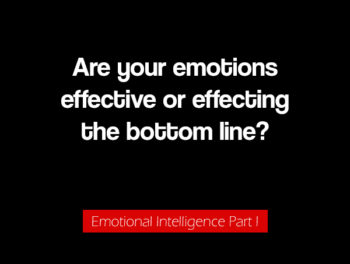
It was a Friday afternoon and I was driving back from San Diego amidst a stunning, rich orange sunset and the Del Mar Summer Fair traffic. To take my mind off of the parking lot of cars barely crawling by, and my desire to be anywhere but there, I threw on one of my favorite podcasts to see what interviews were new.
Ahh delicious! “On Being” with Krista Tippet played, and she was interviewing the amazing Yo-Yo Ma (Who? Only one of the world’s greatest cellists and friend of the famous Mr Rogers from Mr. Roger’s Neighborhood)
I love the way Krista Tippet interviews! It’s like listening to two adventurous people discovering new ideas and thoughts together, on a road through some difficult life topics. It always ends with some thought-provoking ideas and many beautiful outcomes.
Once they got through her traditional interview opening, they began to dive into the communication of music. Yo-Yo Ma started by introducing the concept that sound can be very visual and create intimate listening, drawing the energy in from the audience. I could see the correlation with all forms of communication, particularly speaking, pitching, and presentations. It dawned on me in that moment, because only 2% of any given audience has had any formal training in listening, that 98% had none. I realized that effectively engaging an audience is like an orchestra that draws the listener intimately in. This was a wonderful new concept.
As a performer in the arts of film, TV, & comedy turned professional speaker and trainer, I am a firm believer that the relationship you have on any stage is with your audience. Yo-Yo says it behooves you to zone in on the audience’s energy and what their needs & desires are. He believes that it is not only a conversation with your fellow musicians, it is a conversation with the audience.
THE UNSPOKEN MOMENTS
Yo-Yo says “You must have an infinite variety of sound versus safety, this is what we know!” Then he quoted classical violinist Isaac Stern, “The music happens between the notes,” (which he may have stolen from Mozart, who is also quoted to have said “The music is not in the notes, but the silence between.”) Regardless of who said it first, this is everything I ever learned in acting; the best actors create the most intriguing performances in their silence and exchange of behavior.
It’s the same with comedy. People laugh the hardest after the joke, and often at the expression that goes with it. The way it’s setup physically is sometimes more important than the actual punch line or words. My favorite moments are often after I have laughed so hard it hurts. I then stop, and a movement of breath occurs, followed by a sigh. In that moment it is complete joy, like the moment between movements in classical music
The tremendous power between you and your audience lives in the unspoken moments. It’s the art form of crossing the threshold, and being invited to be intimate together. To be willing to be intimate you need to be vulnerable. Show the audience you need them to go on a journey with you. If you have ever sat in a music hall and listened to some of the great live orchestral or symphonic music being played, you may understand how powerful those rest moments between the movements are, and how connective they can be.
Friends of mine talk about how you can sometimes taste the music and chew on it, like making music a “meal” experience. As a speaker, this correlates to allowing your audience to rest and pause on profound statements, emotional moments, and specific take-away points you want to them to chew on.
MASTER ALL THE TOOLS
Yo-Yo elaborated on music’s capacity to move you so deeply that you can remember its impact many years later, just like emotional images that take only a 10th of a second to imprint within your brain, and be remembered for a lifetime. In both cases, we remember and are so moved emotionally that we experience that “just like yesterday” feeling. Telling stories and giving emotional narrative to events and facts is something coded deeply within us. This is not only the key to music. It is the key to all presentations if you want anything to stick.
Through listening to this deep, profound discussion with Krista and Yo-Yo I discovered that there were too many correlations between how he felt about the beats of music and how I feel towards the beats and intricacies of an exquisite and expert presentation. This was uncanny in so many ways to me.
Great speaking is truly an art form, layered just like orchestral music with emotional notes, humorous notes, dramatic notes, and informative notes, combining together to provide your audience with educational, tangible take-aways and a call to action.
In music, more often than not, the classics are studied first. Then one moves to jazz, rock, pop, not to mention the variety of instruments and sounds they make. In art, you eventually go through all of the mediums. Paints, pastels, clay, canvas, until one day you understand all the tools and make a decision that fits your style and preferred medium. I believe this stems from the personality, behavior, likes, and dislikes of the artist. It happens in cooking, too. You have to learn timing, spices, chemistry, tastes, & combinations. it goes and on.
I profoundly feel the same way about speakers. If you have not studied, practiced, and crafted your message, then you will be the squeaky wheel sound of a child learning the violin. Or deliver a scribbling mess on slides like a child’s painting, with too many strokes of data and information that your audience can’t read or take in, let alone remember. Basically, your serving really tasteless, boring food. Like a cake that doesn’t rise for its ovation and final taste-gasm.
In the last 5 years, I have studied countless great speakers, both live and online. I’ve watched trainings and attended conferences. I’ve seen thousands of people speak. From these experiences I can honestly tell you most people take the “I am an expert” approach. They throw a few cool, or not so cool, or I really just too many jammed slides together, create a few bullet points, and get up and speak. Some are just too busy to care about putting in the work, and some believe they are worthy of a world stage because they have a fancy degree or they happen to know more than anyone else on a topic. “I know, therefore, I should speak and educate, because everyone is entitled to my opinion.”
It is very rare that I come across speakers who have studied even one or two of the components of how we engage, interact biologically, and communicate effectively. Yet they want us to buy their book at the end of it. Most speakers are winging it. Could you imagine the great artists in their field getting away with that, let alone falling short of practice?
I am truthfully delighted and have great respect when I do come across someone on a speaker’s stage that respects and honors their time shared with the audience. Someone who has spent time and dedication towards the art form of the presentation, instead of persisting to create a “Bored Room” presentation. As speakers, our mediums to master are the play of language, use of words, acting, storytelling, humor, psychology of an audience, biology, dance (believe it or not), improv, timing, pausing, & listening.
STORYTELLING AND EMOTIONS
Yo-Yo Ma brought up the topic of listening to the audience when he plays. This was not only shared by his fellow musicians, especially in the act of improvisation, but also with the audience. He likens music to speaking. The actual reception from words and intentions from another person is always a little different than what you intended.
He said that musicians try to amp up both awareness and listening, and I think this is where speakers can apply themselves and communicate with others. Do you want your audience awake or asleep? Listening and attentive, or bored and lethargic?
He talked about being in two different states and switching back and forth from his focus. I have experienced something similar as a speaker, between being deep in a story experience and then back again with audience connection. Storytelling the living signals and emotions, then seeing and feeling the interaction with the audience
To feel fully connected with an audience you must dig deep and craft both stories and emotions. To me, the prepared words are merely the clothes to a talk. The energy, body, feelings, and connection all must exist before you dress it up with your words. After all, if 93% of how we communicate is nonverbal, it’s metaphorically naked! Without that 93%, you might as well be a pile of clothes.
EMBRACE IMPERFECT MOMENTS
You have to be open and vulnerable to be able to connect. Yo-Yo even said, “I am more vulnerable onstage than often my audience realizes. You must be open, as it is a connective strength.” He said the moment something bad happens he often thinks of Julia Child, the famous TV chef from decades ago, who anyone over 40 remembers. She was well know for a glass of wine while cooking, and her distinct voice saying “Oh no, the chicken has fallen on the floor. Well, we will just pick it up and pop it right back.” I acknowledge this in my world as a standup comedian and actor. The magic of the moment. A beautiful invitation to riff and improv in a moment of mistake.
Yo-Yo says whatever you practice on the engineering side, if it fails onstage, that is ok because the greatest purpose as a community is that we want it to be great! We all want it to be special for all, otherwise why would we have bothered to come at all? It’s not about proving anything.
This reminds me of a night I was doing professional union theatre in San Francisco and we didn’t hit status quo for the audience. It was the end of our run, and we only had three people at the matinee performance on a Sunday afternoon but we decided to go ahead and do the show. We got the most emotional standing ovation I have ever experience from those three people. I would like to think that it was because we went out there and gave our all, doing it all for them. How they reciprocated was such an honor. If you put in the time and the energy you will always get it back!
This is the first of many monthly blogs to come. The premise of my ongoing blog will be to pick out one component each month, of the intricate qualities, skills, or traits of an effective speaker/communicator. I will take that component, break it down, explore, and explain how to develop from the core a depth of connection onstage for yourself and the audience. I hope you come with me on this journey.
Namaste

